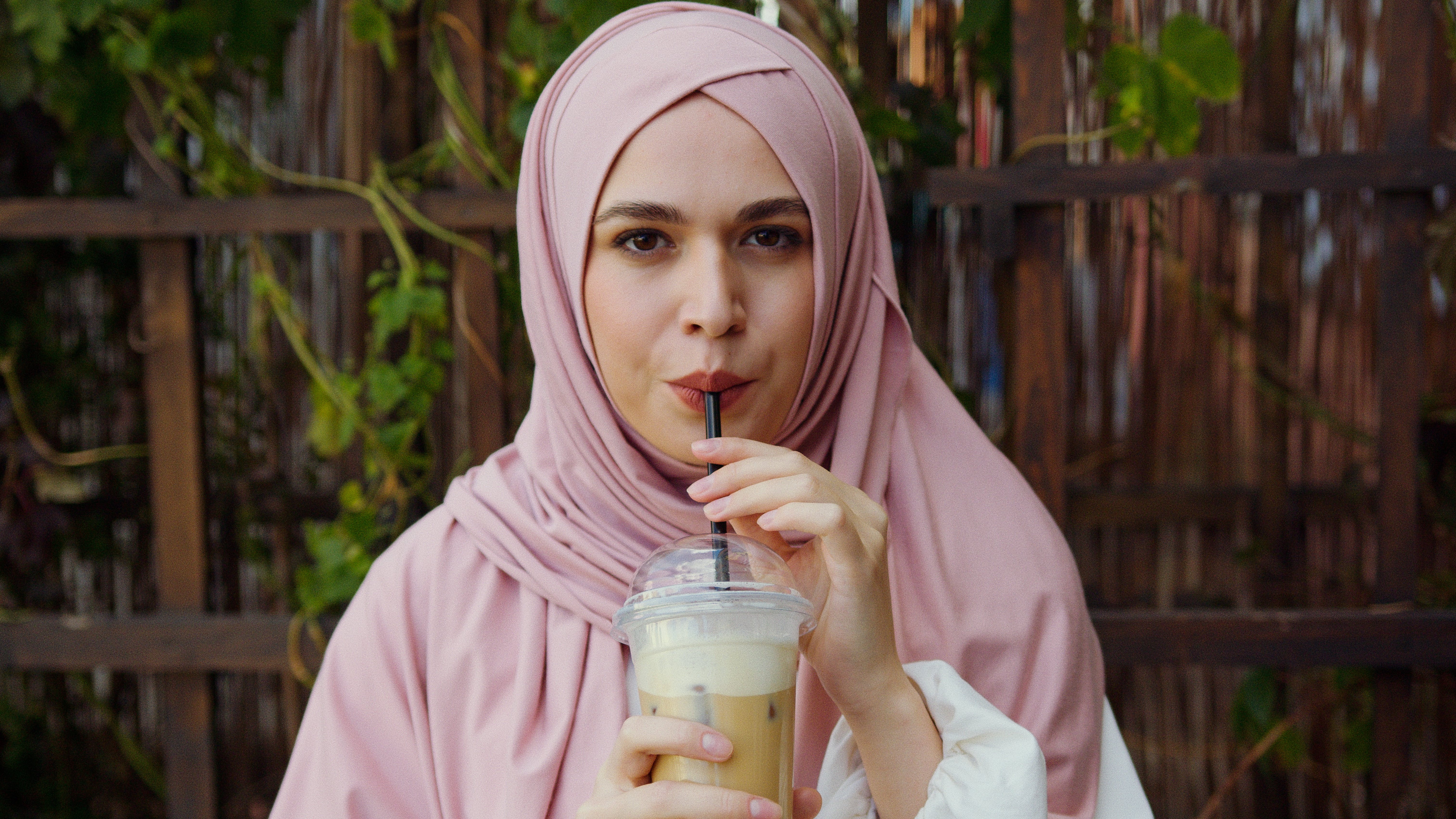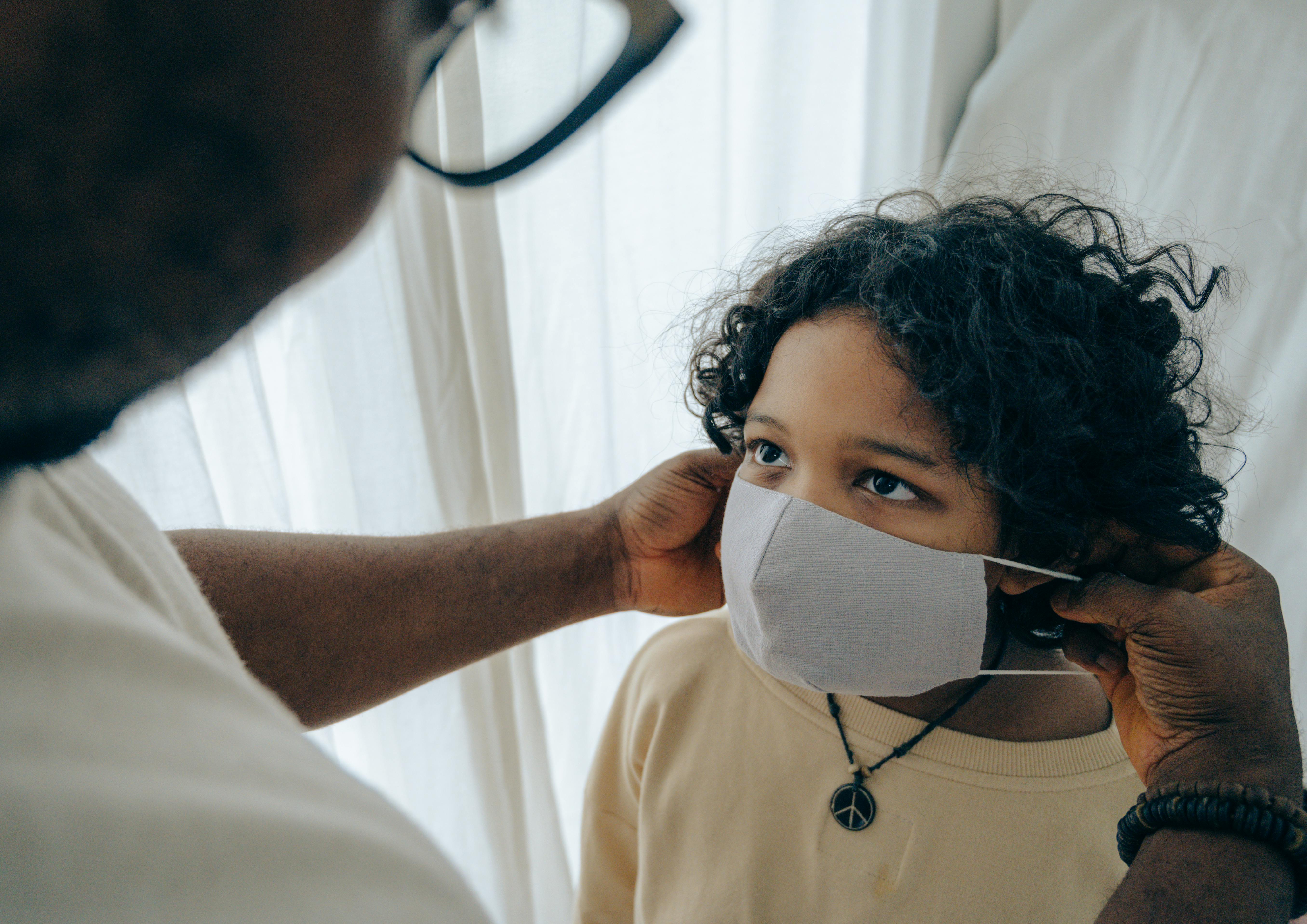Effleurage: This is a movement that consists mainly of “stroking” with the palm of the hand, the fingers together, and as much as possible, the tips of the fingers turning upwards to avoid bulges. Effleurage precedes all other movements due to its relaxing effect, this allows the client to become accustomed to the therapist’s hands, while warming the tissues to work with deeper movements later in the session and increasing inward blood and lymphatic flow. and out. of the area. Effleurage movements are usually made towards the heart, because in addition to Effleurage’s effect on the skin and underlying structures, it helps to speed up venous and lymphatic flow. In areas that may need stimulation, Quick Effleurage is allowed. There are two types, superficial and deep, used according to their purpose and according to the underlying structures. This is a great move for several reasons,
1) Relaxing for both client and therapist
2) It can be applied to any type of body.
3) To return to when you need a moment to think about how the treatment should proceed or just a “break”.
4) To sweep away toxins after other massage movements.
Petrissage is a focused massage movement that focuses on specific muscle groups, releasing toxins that have accumulated in the muscles. It is an intensely deep massage motion that helps to eliminate “knots” and increases blood flow to congested deep muscle tissue. It is often referred to as compression and includes kneading, rolling, wringing, and knuckling. It is done rhythmically by working tissue against tissue, tissue against bone, or by lifting tissue up and compressing it down. It is excellent on a slow system and beneficial for tight, knotty muscles. It always elicits some sort of response from customers. Petrissage is not recommended for thin, fragile clients, easily stimulated or vascularized skin, or very loose skin.
Tapotement also known as percussion is a stimulating manipulation that operates through the response of the nerves. It is performed energetically and rhythmically, the rhythm being important since the contact with the skin is continuously broken. These movements include cupping, hacking, slapping, and tapping. The vascular reaction to these movements becomes evident, but it must be done correctly as irritation can occur. Chorus of using some of these techniques on very thin clients, bony areas, varicose veins, and broken capillaries.
Vibrations: are applied along the path of the nerve. They are produced by a rapid contraction and relaxation of the muscles of the therapist’s arms, resulting in fine, fast, and trembling movements. The vibrating hand must move constantly. This is beneficial in neuritis and neuralgia after the inflammatory stage has ended. Stimulates circulation and glandular activity and nerve plexuses. It also helps in bowel movement.
physical effect:
* Pumping: stroking movements in massage suck fluid through blood vessels and lymphatic vessels.
* Greater tissue permeability: deep massage causes the pores of the tissue membranes to open, allowing the passage of liquids and nutrients. This helps remove waste products like lactic acid and encourages the muscles to absorb oxygen and nutrients.
* Stretching: massage can stretch tissues that cannot be stretched with the usual methods.
* Breaks down scar tissue: Scar tissue is the result of previous injury or trauma and can affect muscles, tendons, and ligaments. This can lead to inflexible tissues that are prone to injury and pain.
* Improves tissue elasticity: Hard training can make tissues hard and inelastic. Massage helps reverse this by stretching the tissues.
* Opens microcirculation what massage also does is open or dilate blood vessels and by stretching them this allows nutrients to pass more easily.
* Helps peeling (elimination of dead skin)
* Metabolic balance in muscle tone
* Relaxes and refreshes muscles
* Flexibility and mobility of connective tissue
* Increases mobility and flexibility of joints
* Next best thing to exercise
* Tones the skin, making it softer and more flexible
* Softens, but does not eliminate, scars
* Heats tissue for deeper movements
* Relaxes large muscles
* Relieves tiredness
Physiological effect:
* Pain reduction: Tension and waste products in the muscles can often cause pain. Massage helps to reduce this in many ways, including the release of endorphins from the body.
* Relaxation: muscles relax through the heat generated, circulation and stretching.
* Promotes cell renewal
* Clear nerve pathways
* Increases nutrients to all systems through blood and nymph
* Helps eliminate metabolic waste products
of all systems through lymph and blood




